
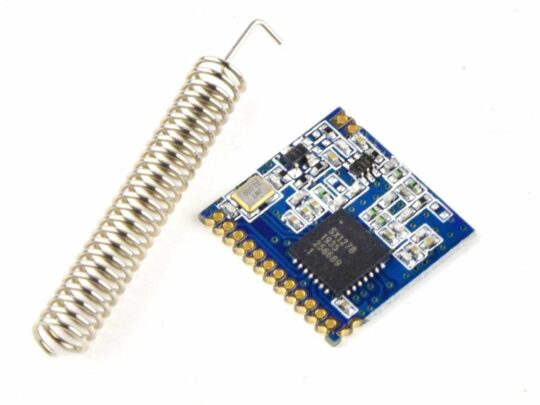




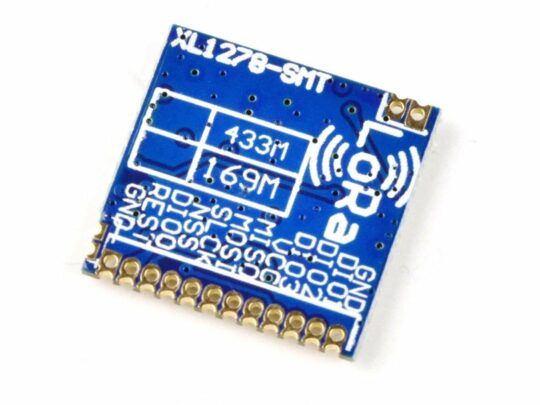







SX1278 LoRa Long Range Super-Mini Data Modem 433MHz – Antenna
CAD 9.90 CAD 7.92
Victoria Day Sale
ends May 20th
- Description
- Reviews (0)
Description
This super tiny 433MHz SX1278 LoRa Wireless Data Modem Module is just 17x17mm small and offers already with the included coil antenna an impressive range of about 5km.
= FSK/GFSK , LoRa(Long Range) spread spectrum technique
= Half-duplex communication
= Excellent blocking immunity
= Channel rejection ration(ADJ):56dBm
= High RX sensitivity : -139dBm
= ISM multiband, free of charge with no need to apply for frequencies
= Optional multi-frequency, multiple transmission rate can be applied in FDMA and FM technologies
= Intelligent reset, low voltage monitor, timing wakeup, low-power mode, sleep mode
= Low power RX current: 12~13 mA
= 256 Bytes FIFO TX/RX
=ISSI channel detection
= Transmission mode: FIFO / direct mode (recommend FIFO packet mode)
= Configuration: AFC, air wakeup, low power carrier sense, FEC error correction, AEC encryption
Application:
= Remote control and data collection system
= AMR (water meter, ammeter and gas meter) automated meter reading
= Wireless handheld unit, oil field, mining area, construction site, factory
= Industrial data collection, transmission and intelligent control
= Wireless alarm system
= Smart home system
= Baby monitor, Hospital calling system
= Small size wireless data terminal
Be the first to review “SX1278 LoRa Long Range Super-Mini Data Modem 433MHz – Antenna”
You must be logged in to post a review.
Related products
-
-
315/433MHz, 2.4GHz etc., IR, Wireless, Remote, Misc. ESP8266 ESP32
2.4GHz Antenna for Wi-Fi – Bluetooth – ZigBee – 3dB SMA IPX
5.00 out of 5CAD 2.99CAD 2.39 -
315/433MHz, 2.4GHz etc.
nRF24L01+PA+LNA 2.4GHz wireless data modem 1100 m
5.00 out of 5CAD 4.95CAD 3.96 -
315/433MHz, 2.4GHz etc., Arduino compatible
NANO V3 wireless Atmega328P + nRF24L01 – compatible with Arduino
0 out of 5CAD 18.90CAD 15.12 -
315/433MHz, 2.4GHz etc., IR, Wireless, Remote
Superheterodyne 433MHz Transmitter Receiver Kit
0 out of 5CAD 4.95CAD 3.96 -
315/433MHz, 2.4GHz etc.
SI4432 LoRa Module 240-930MHz – up to 15km range
0 out of 5CAD 6.90CAD 5.52 -
315/433MHz, 2.4GHz etc., Bluetooth
Nordic nRF51822 Bluetooth BLE Microcontroller Module
0 out of 5CAD 5.90CAD 4.72 -




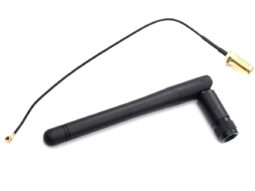





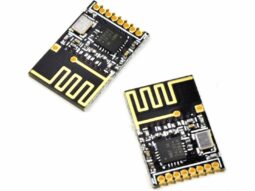








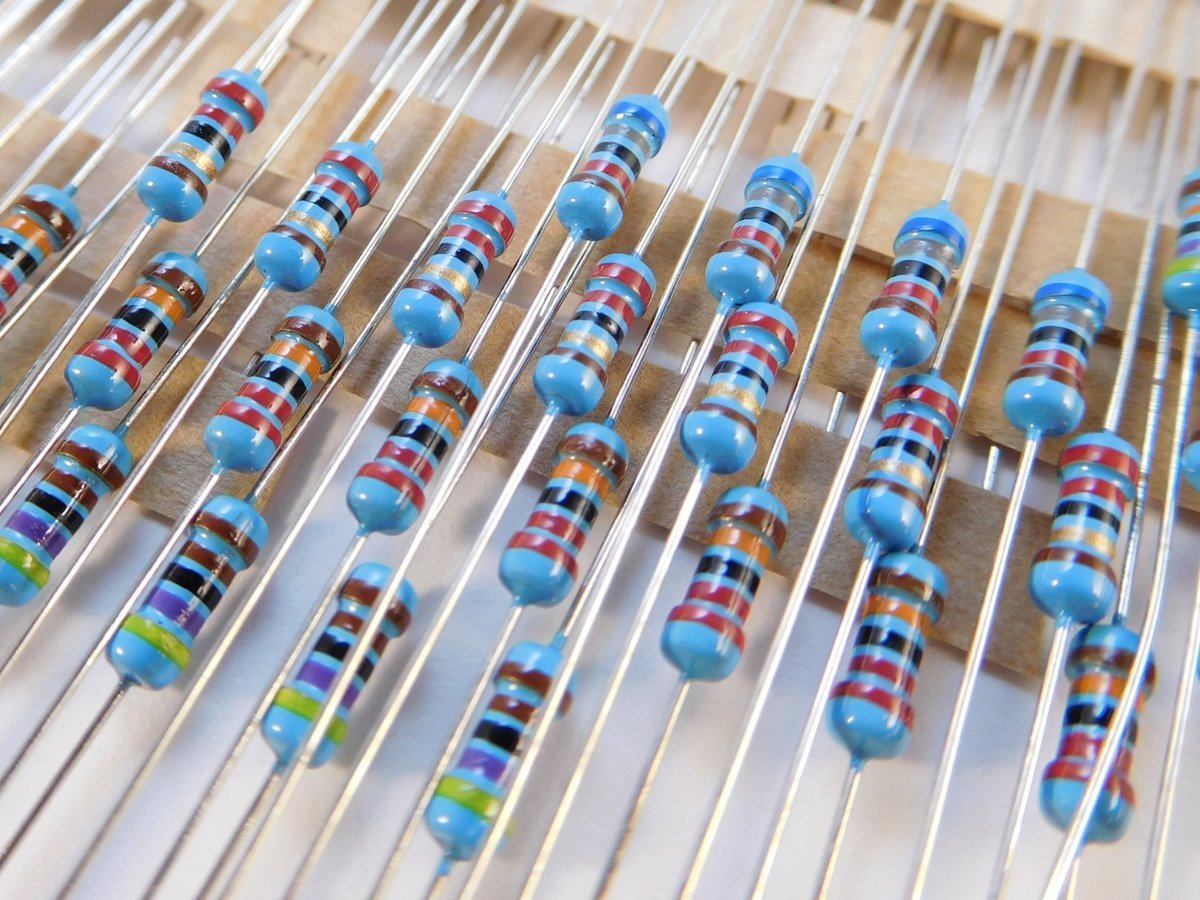
Reviews
There are no reviews yet.